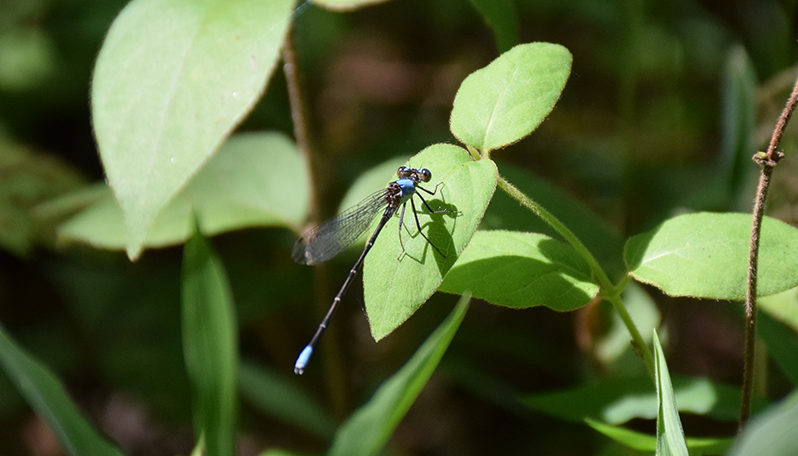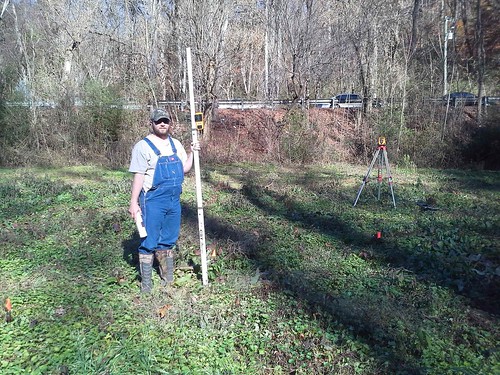In November 2013, three wetlands were constructed at the UTIA Cherokee Woodlot under the guidance of the USFS Center for Wetlands and Stream Restoration and the Clinch River Environmental Studies Organization.
Topographic and soil surveys were performed to identify ideal locations for the wetlands. Ultimately, a section of the property was selected because of its proximity to the UT campus, few wetlands existed in the area, and the space was under-utilized at the time.
Following excavation, woody debris, leaf litter, and hydrophyte seed were added to the depressions to facilitate development of wetland trophic levels once flooded. These wetlands will provide important environmental functions, such as filter runoff and contribute to groundwater recharge, as well as provide habitat for wildlife. Future activities will include monitoring water quality, hydrology, and plant and animal responses to wetland construction.
The Project is directed by Ethan Parker, director of the UTIA East Tennessee Research and Education Center and Matthew Gray, professor in the department of Forestry, Wildlife and Fisheries.
Educational Topics Supported by the Wetlands
- Environmental Hydrology
- Hydrologic monitoring
- Soil and water conservation
- Environmental soil hydrology
- Native plants in the landscape
- Wetland ecology and management
- Amphibian ecology and conservation
- Environmental engineering
- Land surface systems
- Water resources
- Supports UTIA’s interdisciplinary watershed minor
Partners
- University of Tennessee Institute of Agriculture (UTIA)
- University of Tennessee, Knoxville
- Center for Wetlands & Stream Restoration, US Forest Service
- Clinch River Environmental Studies Organization
- ARCADIS US, Inc
- Knoxville Utilities Board

Wetland Construction Process


